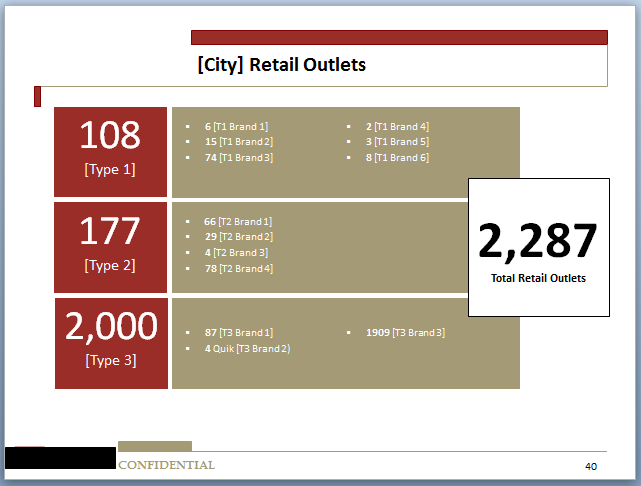When the Wall Street Journal asked various executives and financial planners for financial advice for college students, most of the answers were not surprising. Establish a budget, start a savings account, be cautious with credit. Ted Jenkin of OXYGen, however, had a different take. “I would recommend getting on LinkedIn today and making a goal of getting to 1,000 connections at a minimum before you graduate college.” He gave Forbes the same advice, saying, “The quickest way to secure a job is all about who you know…This could make them a lot more money than opening up a credit card or a bank account.”
The LinkedIn advice is not far off base. A recent poll by OfficeTeam, a staffing and placement agency, found that nearly half (47%) of the respondents found online networking to be the most effective– compared to 13% who preferred networking events.
Networking is especially important in today’s competitive job market. Professional relationships give candidates access to job openings that may not be available to the general public. Drexel University’s Steinbright Career Development Center calls this the “Hidden Job Market,” and notes that up to 80% of job openings are never posted anywhere. In fact, major firms like Deloitte and Ernst & Young fill nearly half of their non-entry-level positions with referrals.
Take time to flesh out your LinkedIn profile. Build connections. Some even recommend reaching out to strangers. In an increasingly digital market, it’s important to leverage your tech savvy.
How have you used LinkedIn in your professional or academic career? Connecting with strangers via LinkedIn is highly controversial– what are your thoughts on the matter?


